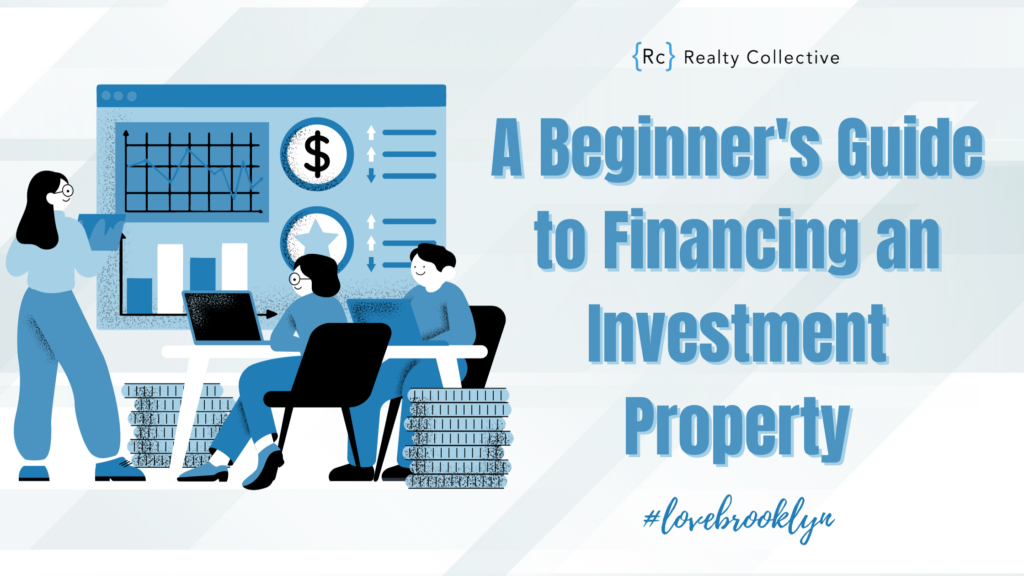A Beginner’s Guide to Financing an Investment Property
Nov 01, 2023

Economic ups and downs are a harsh reality of investing but one of the ways many people have found to hedge their bets is through real estate investment. Of course, no investment is a sure thing and even though New York City is almost always a hot market, it’s important to speak with a financial advisor before taking any concrete steps to flipping or becoming a landlord. That said,investing in rental properties or flipping houses can be rewarding but carries some risks. Finding the right financing option doesn’t have to be a hurdle if you know where to look. As you compare different borrowing options, consider the short and long-term costs and how they may impact your investment’s profitability.
Becoming a landlord can provide a steady stream of passive income, but it does require some upfront cash. If you don’t have a large amount of money saved up, taking out a loan might be your best option. Let’s explore the different types of loans available and what you need to know before approaching a lender.
Traditional Bank Loans
If you already own a home that you live in, you’re probably familiar with traditional financing. These loans follow guidelines set by Fannie Mae or Freddie Mac and are not backed by the government like FHA, VA, or USDA loans. When it comes to investment properties, lenders usually require a higher down payment, around 30% of the purchase price. You may be able to use gifted funds for the down payment, but proper documentation is necessary.
With a traditional loan, your credit score, credit history, income, and assets determine your eligibility and the interest rate you’ll receive. Lenders also consider your ability to afford both your existing mortgage (if you have one) and the monthly loan payments on the investment property. They don’t factor in future rental income, so it’s important to have at least six months’ worth of cash reserves to cover both mortgages.
Fix-and-Flip Loans
Being a landlord has its advantages, but some investors prefer flipping houses for a quicker profit. In this case, a fix-and-flip loan might be more suitable. This type of loan is short-term and allows you to complete renovations quickly, so you can sell the house and receive your profits upfront. Hard money lenders specialize in these loans, but some real estate crowdfunding platforms also offer them.
The benefit of a fix-and-flip loan is that it may be easier to qualify for compared to a traditional loan. While credit and income are still considered, the focus is primarily on the property’s profitability. The estimated value of the home after repairs (ARV) determines your ability to repay the loan. Additionally, you can receive funding in a matter of days, rather than waiting weeks or months for a traditional mortgage closing. However, keep in mind that fix-and-flip loans come with higher interest rates, potentially reaching 18%, and shorter repayment terms. Origination fees and closing costs may also be higher.
Using Home Equity
Another way to finance an investment property is by tapping into your home equity through a home equity loan, HELOC (home equity line of credit), or cash-out refinance. With these options, you can borrow up to 80% of your home’s equity value to use towards purchasing a second home.
Using home equity has its pros and cons, depending on the loan type. With a HELOC, you can borrow against your equity like a credit card, and the monthly payments are often interest-only. However, the interest rate is usually variable and can increase if the prime rate changes. A cash-out refinance offers a fixed-rate but may extend the life of your existing mortgage, resulting in more interest paid for your primary residence. You’ll need to weigh these factors against the anticipated returns from the investment property.












